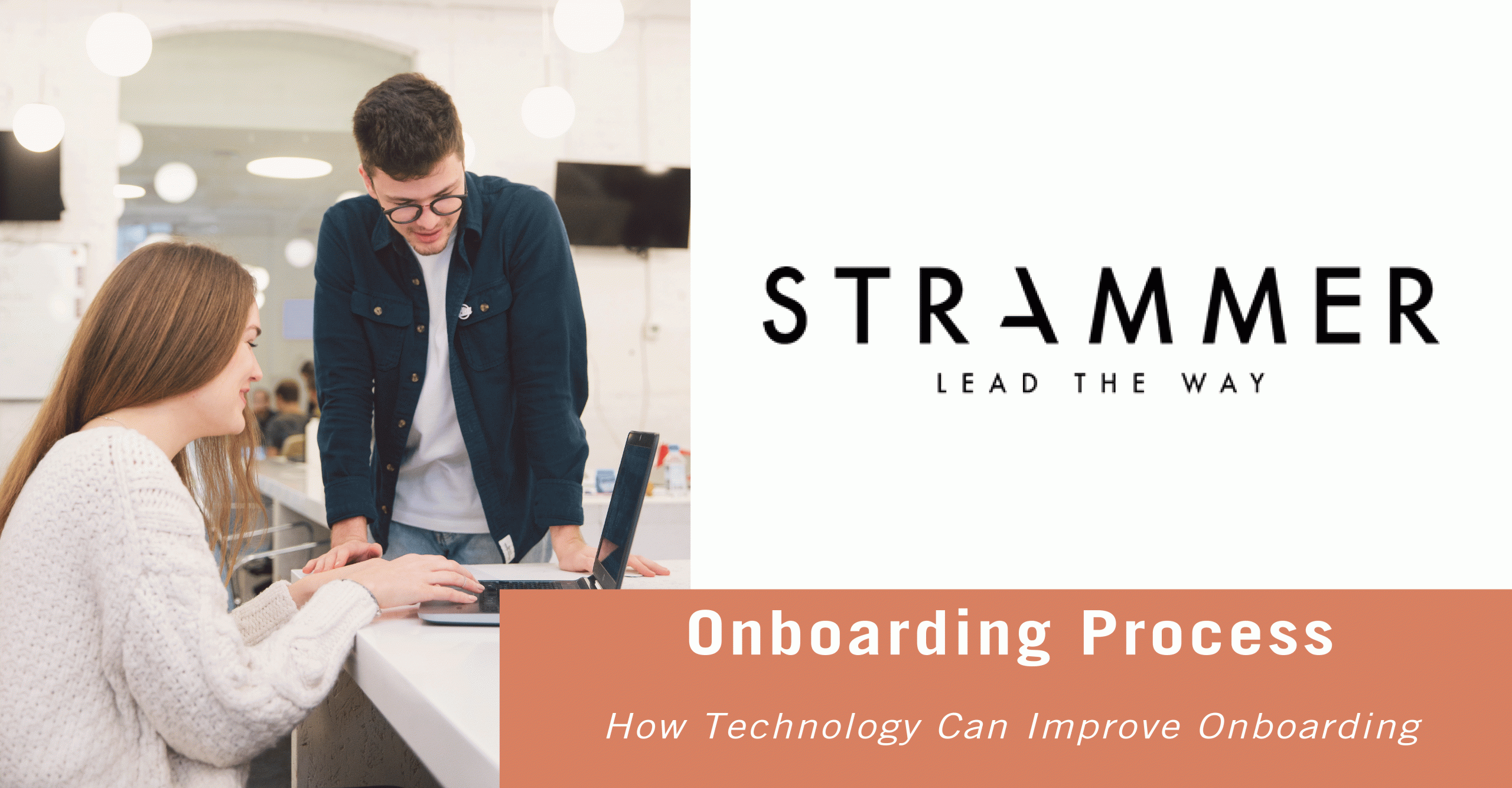How Technology Can Improve the Onboarding Process
While onboarding occurs right at the beginning of the employee journey, it has long-lasting effects, setting the foundation for the relationship between the company and the employee. Moreover, research suggests that 20% of turnover happens in the first 45 days, rendering the start of work a vital period in retaining employees.
Indeed, the onboarding process is a crucially important stage in developing employees, designed to integrate new recruits into the working environment and culture and provide them with the tools to be productive and perform at their best going forward.
If onboarding is conducted successfully, it has the potential to bring powerful results which support positive business outcomes. Indeed, research by Glassdoor found that good employee onboarding can boost retention by 82% and increase productivity by 70%.
One way to elevate the onboarding process for both in–office and remote newcomers is by using technological tools. Such tools could help HR departments to improve people management and thus support larger business goals.
Firstly, technology could help companies cultivate a seamless, orderly, and overall positive employee experience from the very beginning. Using automation technologies and centralised digital platforms, it is possible to complete administration tasks in the pre-boarding stage and keep track of progress and any outstanding documents. With such tasks done before the employee starts, full focus can be given to integrating and engaging the new employee from the offset.
HR could also use learning platforms and algorithms to improve the learning curve of new starters. Algorithms can be used to personalise training courses, which could support enhanced learning outcomes and thus potentially help new employees to become more productive more quickly.
However, the onboarding period is not only a time for recruits to learn how to do their new jobs effectively, but a first opportunity for them to make connections within the company, building their skills and networks which can boost their professional development and help them to advance. One way that organisations can facilitate such opportunities is by using web portals to coordinate mentoring links between new employees and prospective mentors.
Importantly, organisations must know how well they are doing with their onboarding delivery to continuously improve. An important part of this is collecting employee feedback, which can be gathered and analysed using tools like survey platforms, messaging channels, and A.I. As well as helping to develop more engaged and productive employees, improving the onboarding process will help to cultivate employees who can genuinely advocate for the company and contribute to a positive organisational brand image, thus improving the attractiveness of the company to talented candidates.
References:
- Three Technology Trends Changing HR In 2020, December 2019, Forbes.
- Employee Onboarding the Technology Way, August 2017, HR Technologist.
- Why a Technology-Enabled Onboarding Process is Critical to Business Success, March 2019, HR Technologist.





